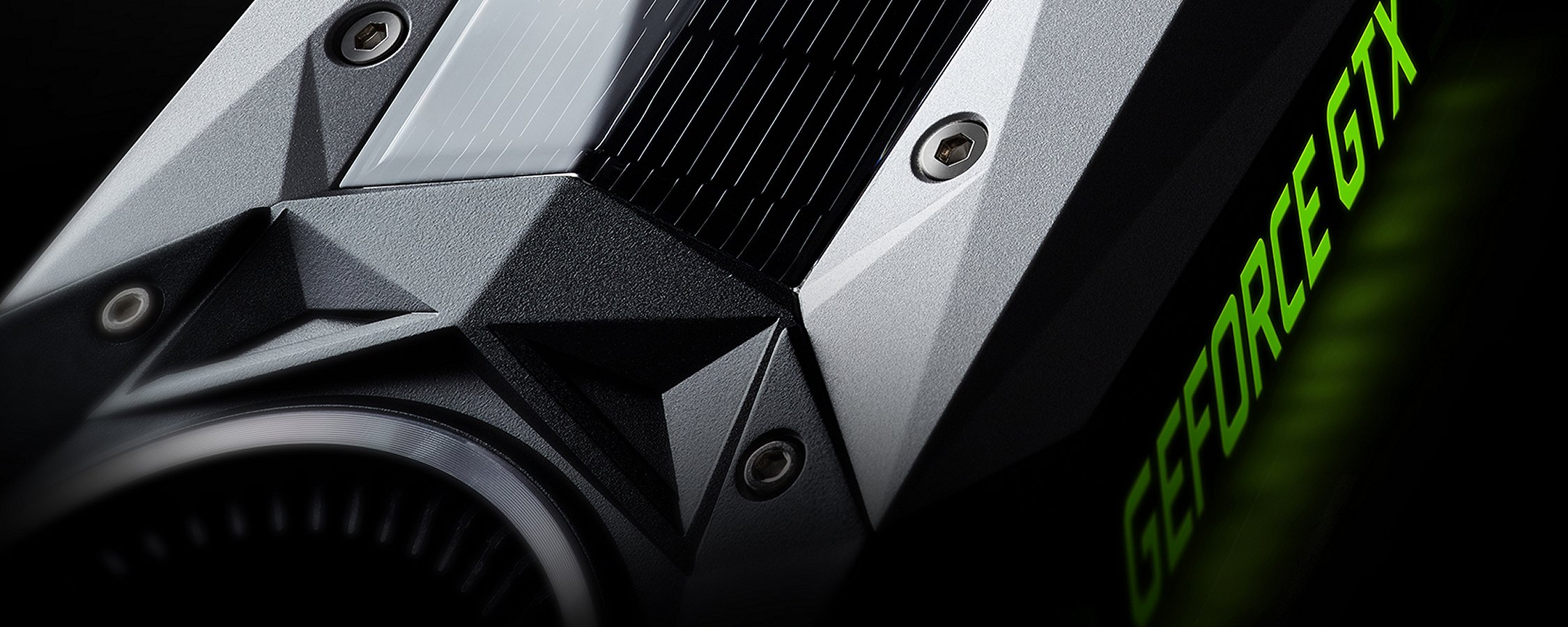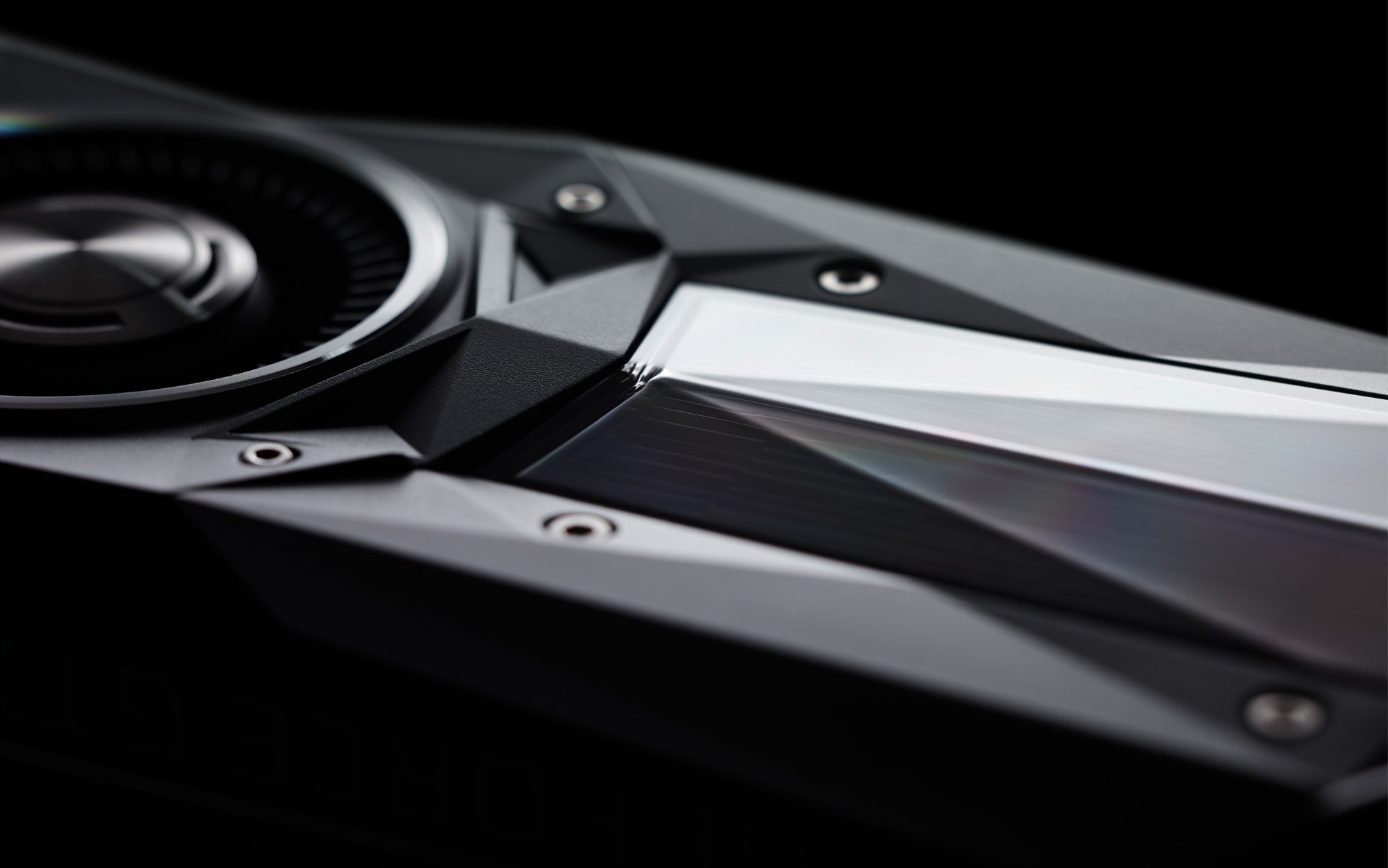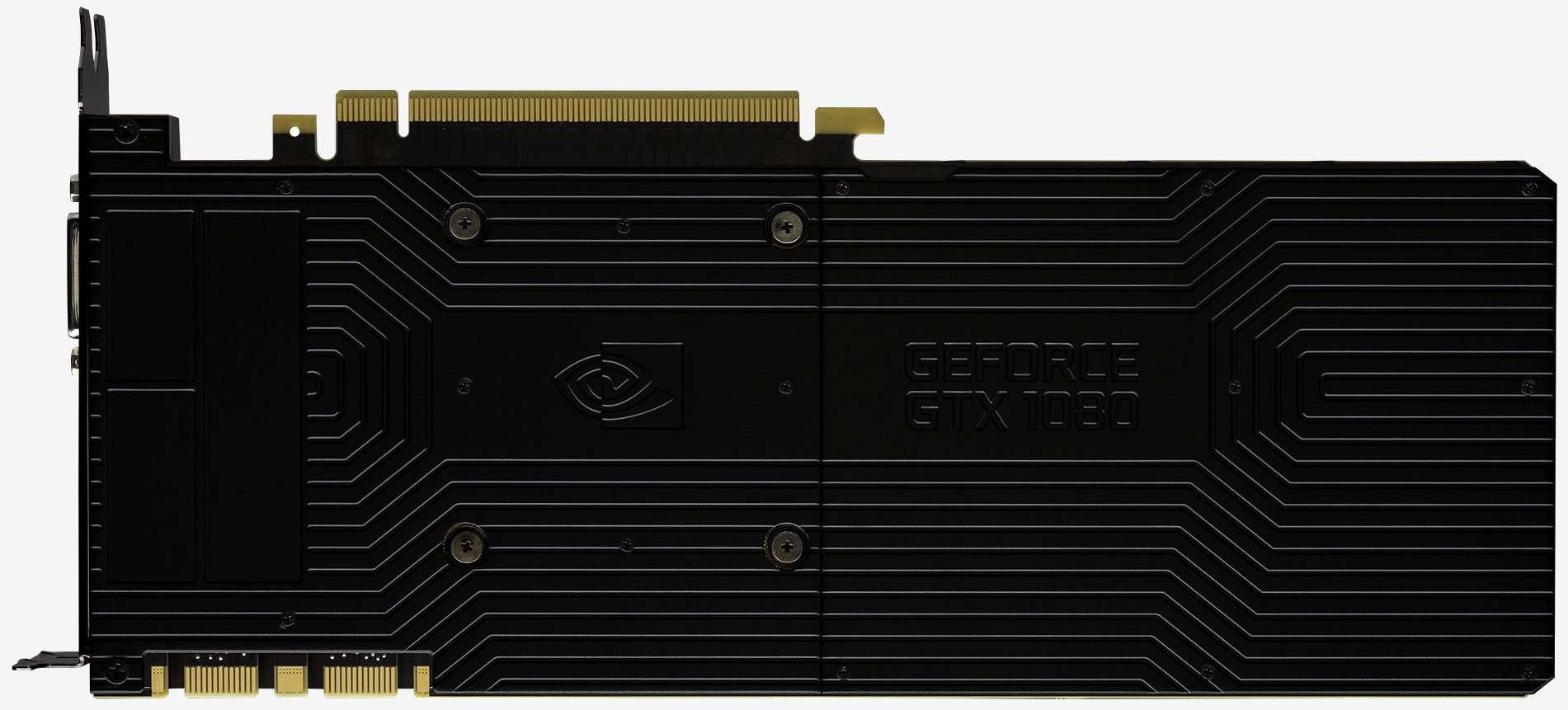GTX 1080 Founders Edition
When Nvidia announced the GeForce GTX 1080 and GTX 1070 there was a bit of confusion surrounding the "Founders Edition" cards that were listed alongside standard cards at a higher price. The GTX 1080, for example, was shown as having two variants: a regular card with an MSRP of $599; or a Founders Edition with a price tag of $699.
At the time, many speculated that the Founders Edition card would be specially selected to provide better overclocking performance, or that it would be factory overclocked by Nvidia themselves. As it turns out, the Founders Edition is not nearly as special, as it is merely a reference card, but a beautiful and well-constructed one.
Why would you want to spend an extra $100 (or $70 in the case of the GTX 1070) on the Founders Edition card, when it doesn't provide any real performance advantage? Well, that's a good question.
Basically, Nvidia feels as if their reference design is the best version of the GTX 1080 and GTX 1070. They want to have their design on the market for the life of the card, which is why you'll be able to purchase Founders Edition cards from Nvidia directly.
Nvidia has been talking a lot about the superb craftsmanship of their Founders Edition cards. They say these cards have been crafted by their engineers with premium materials and components, such as a die case aluminium body with an all machine finish that has been heat treated for strength and rigidity.

Frankly I am not a huge supporter of multi-GPU technology in any form, so I'm not even that excited for 2-way SLI.
Beginning with Pascal we find that SLI can now utilize two linked interfaces. This improves bandwidth between the GPUs which Nvidia says is required when driving high resolution displays. However when using 3-way and 4-way only a single 400MHz link will be avalible as the legacy bridges must be used, which is probably why Nvidia isn't recommending going beyond two cards.
Many of you will be pleased to know that the Founders Edition card comes with a backplate to protect the otherwise exposed underside of the graphics card. This time we find a two-part design which sees the back half removable to allow for better air-flow between multiple graphics cards when using SLI.
The blower style cooler, which most enthusiasts seem to try and avoid, is the best thermal solution according to Nvidia. They say it thrives in multi-GPU environments and is best in small form factor PCs, we tend to agree with the later statement.
In addition to the blower style radial fan we find an ‘advanced’ vapor chamber, which can keep the GTX 1080 below 70 degrees when gaming. The vapor chamber is also rated for up to 250 watts of heat dispersion.
It isn’t just the aesthetics and cooler that Nvidia has focused on, the PCB sees custom voltage regulators and a 5-phase dual-FET power supply for clean power delivery. This is an upgrade over their previous 4-phase design and as a result power efficiency has been increased by roughly 6% when compared to the GTX 980. Nvidia tells us that the peak voltage noise has been reduced from 209mV to 120mV and this will improve overclocking performance.
Around at the back panel panel of the Founders Edition card we find a similar setup to that of the previous high-end models. That said, when compared to the GTX 980 Ti for example there are a few key changes. The DisplayPort’s have been upgraded from version 1.2 to v1.4, which sees the available bandwidth doubled to 32.4Gbps allowing for 8K UHD (7680×4320) at 60 Hz with 10-bit color or 4K UHD (3840×2160) at 120 Hz with 10-bit color.
The HDMI support has also been upgraded to HDMI 2.0B, which is backwards compatible with earlier versions of the HDMI and for now is the most recent update of the HDMI specification. It allows for 4K at 60Hz with High Dynamic Range (HDR) video and a bandwidth of up to 18Gbps.
In total there are three DP 1.4 ports, one HDMI 2.0B port and a single Dual-Link DVI port. In total a single GTX 1080 can drive up to four monitors simultaneously.






